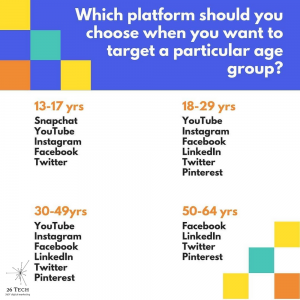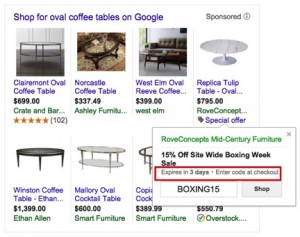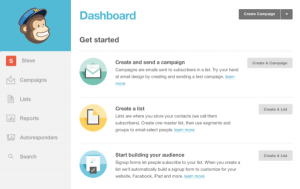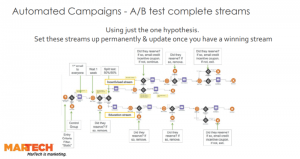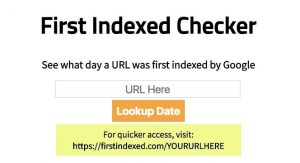Tips for defining your AI strategy, engaging stakeholders, optimizing processes, selecting platforms and measuring performance.
As organizations grapple with the complexities of AI adoption, a strategic framework becomes essential for assessing readiness and ensuring successful implementation.
Before introducing even more tech into your stack, you must know what you’re working with. How confident are you with your team’s readiness for change? Can you also sustain those changes?
Change management can be a large undertaking. Without proper planning, your initiatives may end up costly, resources wasted and the result unusable. You must examine your existing infrastructure, skillsets, data governance and success measures. It can sound daunting, but if you do the work upfront, the execution and adoption will move quickly and efficiently.
Preparing your organization for successful generative AI adoption
How do you approach preparing your company for generative AI integration? An effective method for assessing AI readiness is the 5P framework, which includes:
- Purpose.
- People.
- Process.
- Platform.
- Performance.
This holistic approach ensures businesses select the right AI solutions and use a people-first approach. but also prepare their operations and workforce for seamless integration.
1. Purpose: Defining objectives
The foundation of AI readiness lies in clearly defining the purpose of AI adoption. Before starting any initiative, you need to identify the specific problem you’re trying to solve.
A common mistake is stating the problem as something you’ll solve with generative AI. It’s better to identify the problem without immediately suggesting generative AI as the solution. You want to stop before you get to the solution.
Leave generative AI out of the purpose statement so you’re not biasing the solution. A well-articulated purpose guides the selection of appropriate AI technologies and aligns them with the organization’s strategic goals.
2. People: Engaging stakeholders
Successful AI adoption requires the involvement of diverse stakeholders across the organization. Engaging a broad range of perspectives, from executives to frontline employees, ensures that the AI strategy addresses varied needs and leverages collective expertise. This collaborative approach fosters buy-in and promotes a culture of innovation.
The best and most effective way to engage people in the initiative is through user stories. Borrowed from Agile methodology, a user story is a simple, three-part statement.
- “As a [persona], I [want to], so [that].”
The “persona” is the audience, the “want to” is the action and the “that” is the outcome.
Some examples:
- “As a CMO, I want to discover new and efficient content creation methods, so that we can better connect with our audience.”
- “As a marketing manager, I want to scale my team’s content creation, so that they are creating more valuable content for our audience”
Where businesses go wrong is stopping the sentence at “what to.” Clearly stating the “so that” (i.e., outcome) gives you a better sense of why you’re doing this. It also helps people understand where they fit into the overall initiative.
Having everyone create their own user story allows them to communicate their needs and also take a sense of ownership. The more user stories you collect before setting up new tech, the more your requirements will be better defined. Your business can choose the right platform that meets the most needs.
3. Process: Streamlining operations
Any tool, generative AI included, needs process documentation. How will data flow in? How will it flow out? How will you maintain the software to ensure it’s operating correctly?
Software like generative AI needs constant training to remain effective in your strategy. Additionally, documenting your processes will expedite the platform’s setup because the expectations will be clear. Clearly documented processes simplify the quality assurance and testing stages, ensuring expectations are met.
4. Platform: Choosing the right tools
Selecting the appropriate AI platform is the last thing you should do. Once you know your purpose, people and processes, you can select a platform.
Businesses should conduct a comprehensive review of available AI technologies. This includes considering factors such as compatibility with existing systems, scalability and support for continuous learning.
The right platform not only meets current needs but also accommodates future growth. Selecting a platform before understanding your needs is like trying to fit a square peg into a round hole. Instead, get those pieces defined first, and then you can select the platform that best meets your needs.
5. Performance: Measuring success
If you don’t have a measurement plan in place, your initiative will be a waste of time. How do you know that you were successful? Having a clearly defined purpose will make it easier to understand your performance.
Did you answer the question being asked? Did you solve the problem you stated initially? For example, If your goal was to enhance content creation efficiency, assess whether the selected tool, defined process and involved personnel achieved this objective. With any initiative, you want to demonstrate success metrics. Otherwise, what was the point?
Purpose, people, process, platform, performance: Keys to AI readiness within organizations
As AI continues transforming the business landscape, organizations must take a strategic approach to assessing readiness. The 5P framework offers a structured methodology for navigating AI adoption, ensuring that businesses are well-positioned.
By focusing on purpose, people and process before selecting the platform, organizations can feel more confident that they are meeting their performance metrics. Integrating generative AI into your business is an initiative that doesn’t need to be overwhelming. With some upfront planning, your integration can go smoothly and be incredibly effective.
The post How to assess your organization’s AI readiness with the 5P framework appeared first on MarTech.
MarTech(24)
Report Post